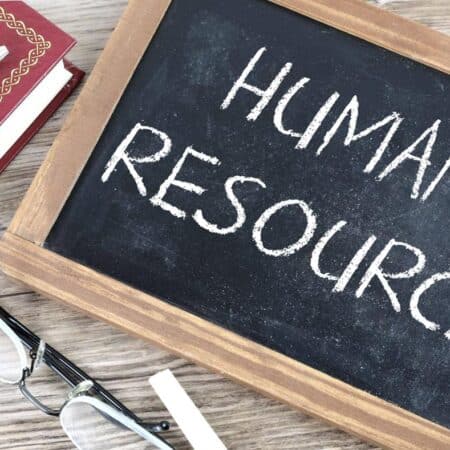
Pakistan Institute of Development Economics
- Home
Our Portals
MenuMenuMenuMenuMenuMenuMenu - ResearchMenuMenuMenuMenuMenuMenuMenu
- Discourse
- The PDR
- Our Researchers
- Academics
- Degree Verification
- Thesis Portal
- Our Portals

Approaches to HR and Bringing Change in Organizations
The purpose of contemporary human resource function in organizations is to identify, develop, and keep employees that create value for the organization. Historically, modern HR practices owe to the findings of Hawthorne studies conducted on workers in plant of the Western Electric Company by Elton Mayo and Fritz Roethlisberger in the 1920s. Though the design of these studies was naïve and findings were never validated, yet they highlighted the importance of considering predictors of human performance different from that of machines.
Since then, human resource function in organizations has seen various paradigm shifts. From administration to personnel management to human resource management to the current buzz word of talent management. We have seen make and break of organizations attributed to the quality of its human resource. Institutional performance is subject to its human performance, and identifying the right approach of human resource management is the key to attract, develop and keep high potential resources.
Most organizations do not select an HR approach that is aligned with the organizational design. This happens because they make little conscious effort to diagnose the congruent HR structures with the overall organizational design components. The organization can administrate many of such diagnosis themselves or with the help of external HR consultants. Burton and colleagues propose using a popular diagnosis method. This diagnosis evaluates the eleven organizational design components, including HR approach on four business models (i.e. strategies) of the organization. Outcome of the diagnosis, reveal the design fits and misfits with the overall business model of the organization. Thus, providing an explicit guideline for the design changes.
This evaluation can gauge the congruence of current HR approach with the overall business model of the organization. Subsequently, the approach identifies the need for change in HR approach and the direction of change. For instance, the business model is market driven and demands high-value customer service. Adopting an organizational approach to HR that is administrative would never work in this case. The tradeoffs between control and outreach would make it a mess for delivering high-value services. That is the reason we see such organizations failing overtime.
No matter what system revisions are made, the administrative approach would let these organizations down on customer services front. That is the reason some progressive organizations have altogether redesigned their organizational structures from being mechanistic to fluid organizations. That is the only option for remaining competitive and growing further. Similarly, for innovation and creativity based organizational models, only talent management will create cherished talent.
Identification and selection of the right approach is the first step. We need to follow this with a great deal more to engrave this approach into organizational culture and systems. The biggest challenge is the transformation of behaviors all across the organization. This could be tedious and time-consuming, especially when the gap between actual and desirable behaviors is high. For instance, a public sector organization someday realizes that its core function is service delivery to the citizens. Historically an administrative unit, it now needs to transform and adopt the human resource management approach for better service delivery. Such a transformation would mean changing many things. Structures, systems, technology, and especially the mindset of employees all across the organization would need to transform.
If we make a conscious effort, structural changes can happen with a stroke of pen and systems can be developed by any third party in no time. The trickiest part is “changing the mindset”. Contrary to historical belief that changing the mindset is difficult, we have many structured and unstructured methods available that at least have the power to direct behaviors in the right direction. Interestingly, with the advancements in the domains of organizational development and behavior modification, this job has become far easier and meaningful.
All you need is someone at the top, who means business and can bring about change. Equip this executive with an understanding of using structured diagnostics to reveal design fits and misfits. Once we identify the direction of change regarding HR approach, the next step in the process is to identify behavior modification needs. We can do this either indigenously or with the help of experts in intervention design. We have seen such transformations happening in so many organizations across the world in recent times, and I wonder why not at least try it in Pakistani workplaces?
Download full PDF


